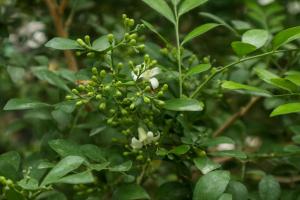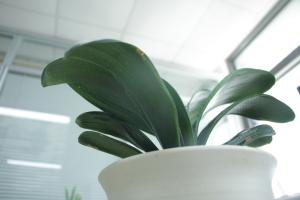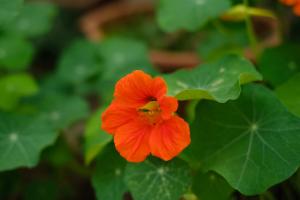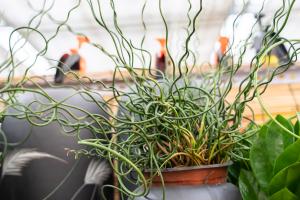1、 Curing method
1. Temperature: it's best to keep it in a warm environment. Generally speaking, it is OK between 15 and 30 degrees, and the requirements are not particularly strict. However, too cold environment will cause damage to it. Once it encounters frost, it will die. In addition, high temperature will affect its growth rate, so we should pay attention to both
2. Light: manna seed does not have high requirements for sunshine. It is sensitive to strong light. Therefore, generally speaking, it is best to avoid direct light in a semi cloudy environment, especially in summer

3. Watering: manna likes to be wet. Wild manna seeds will be distributed in wet places or near water. Therefore, we put forward higher requirements for its maintenance: we need to provide sufficient water. However, sufficient water does not mean that water can accumulate. If there is water, try to discharge it in time
4. Fertilization: the manna seed does not need much fertilizer. You can plant it in a place with good soil quality, so there is basically no topdressing

2、 Breeding skills
1. Reproduction: sowing method can be used. After the seed is harvested, it can be well preserved. Then, between March and April in spring, it can be taken out and sown. Generally speaking, the method of "drill" is common. After the seeds are sown, they need to be covered with a thin layer of soil. After that, the temperature has to be between 20 degrees. In this way, the germination rate is still relatively high
2. Pruning: after the beginning of spring, its growth will be more vigorous, and its leaves may appear messy at this time. Some can be cut off properly, and the dry and aging ones can be mainly selected to avoid affecting the light transmission and breeding some diseases and pests

3、 Diagnosis and treatment problems
1, disease: the disease with high incidence rate is "leaf blight", "anthrax" and so on. It is more likely to happen from July to October. At the same time of spraying medicine, it is also necessary to have more ventilation and control the density
2. Pests: pests are relatively uncommon at ordinary times. If the quantity is small, they can be directly removed by manual capture or borrowing tools

4、 Other issues
1. Toxicity: manna seed is non-toxic, and as a traditional Chinese medicine, its effect is good
2. Whether it can be raised at home: it is generally planted in a large area and not raised at home

 jackfruit
jackfruit snake plant
snake plant hibiscus
hibiscus hydrangea
hydrangea lavender
lavender Green roses climb al...
Green roses climb al... If you don't pay att...
If you don't pay att... Management of four g...
Management of four g...



































